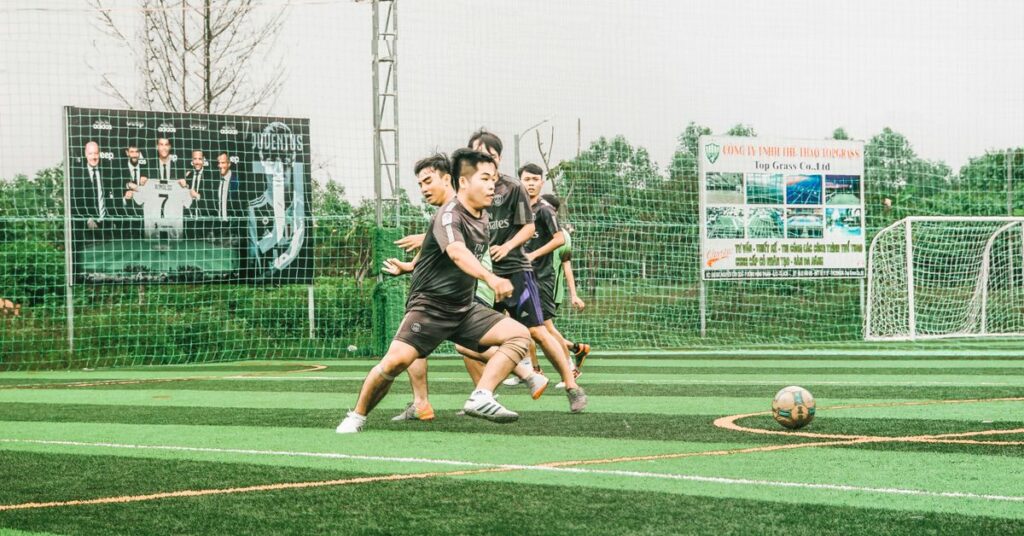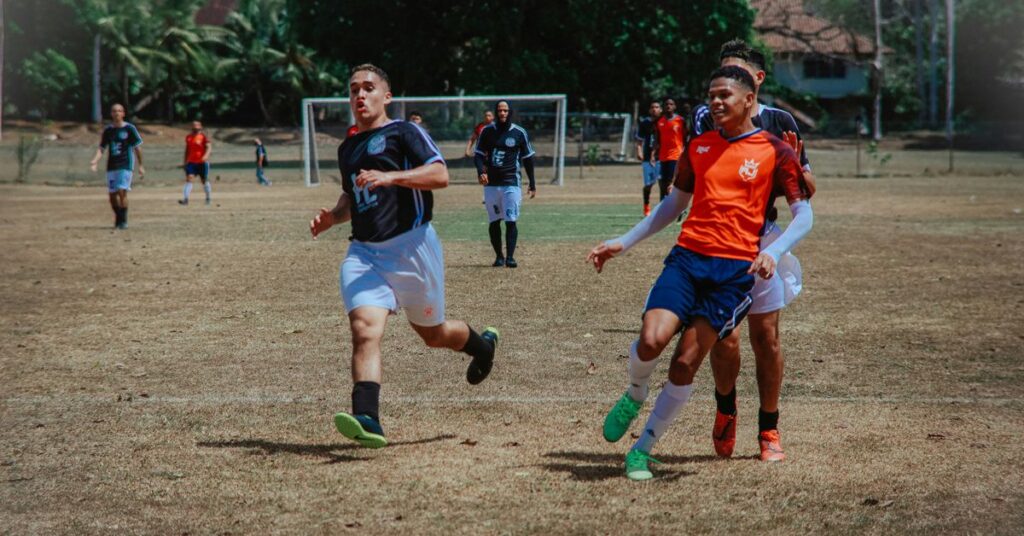Mental Resilience Techniques for Professional Athletes
Introduction
Professional athletes often face immense pressure to perform at their peak, both physically and mentally. Mental resilience is crucial in maintaining consistency and overcoming challenges in sports. This article explores effective techniques that athletes can employ to enhance their mental resilience, backed by psychological research and real-world applications.
Understanding Mental Resilience
Mental resilience refers to an individual’s ability to adapt positively to stressors, setbacks, and challenges. For athletes, this resilience is not only about bouncing back from defeat but also about thriving under pressure and maintaining focus amidst distractions.
Techniques to Build Mental Resilience
1. Mindfulness and Meditation
- Description: Mindfulness involves being fully present and aware of one’s thoughts, feelings, and sensations without judgment. Meditation practices enhance mindfulness and help athletes develop mental clarity and emotional stability.
- Benefits: Research shows that mindfulness reduces anxiety, enhances attentional control, and improves overall psychological well-being (Brown & Ryan, 2003).
- Example: Novak Djokovic, a renowned tennis player, attributes his mental resilience and focus during matches to daily mindfulness practices.
2. Cognitive Restructuring
- Description: This technique involves identifying and challenging negative thought patterns (e.g., self-doubt, fear of failure) and replacing them with positive and constructive thoughts.
- Benefits: By reframing negative thoughts, athletes can maintain confidence and resilience even in high-pressure situations (Gross et al., 2006).
- Example: Michael Phelps, the most decorated Olympian of all time, used cognitive restructuring to overcome self-doubt and refocus his mindset before races.
3. Goal Setting and Visualization
- Description: Setting clear, achievable goals and visualizing successful outcomes helps athletes build confidence and maintain motivation.
- Benefits: Visualization enhances performance by programming the mind and body to respond positively to challenges, improving self-efficacy (Morris et al., 2005).
- Example: Serena Williams visualizes winning crucial points and matches before stepping onto the court, which strengthens her mental resilience.
4. Resilient Thinking and Adaptability
- Description: Developing a growth mindset and embracing challenges as opportunities for growth fosters resilience. Athletes learn from setbacks and adjust their strategies accordingly.
- Benefits: Resilient thinkers view failures as temporary setbacks and maintain a proactive approach to achieve long-term success (Dweck, 2006).
- Example: LeBron James, faced with multiple losses early in his career, focused on learning from defeats and improving his game, which contributed to his resilience and eventual success.
Conclusion
Mental resilience is a critical attribute for professional athletes striving for excellence in their respective sports. By incorporating techniques such as mindfulness, cognitive restructuring, goal setting with visualization, and resilient thinking, athletes can strengthen their mental fortitude and enhance performance consistency. These techniques are not only backed by psychological research but also validated by the experiences of top athletes across various disciplines. By investing in mental resilience, athletes can navigate the pressures of competition with confidence and achieve peak performance consistently.
Implementing these techniques requires dedication and practice, but the benefits extend beyond sports, influencing overall well-being and personal growth. As athletes continue to push boundaries and redefine limits, mental resilience remains a cornerstone of enduring success.











